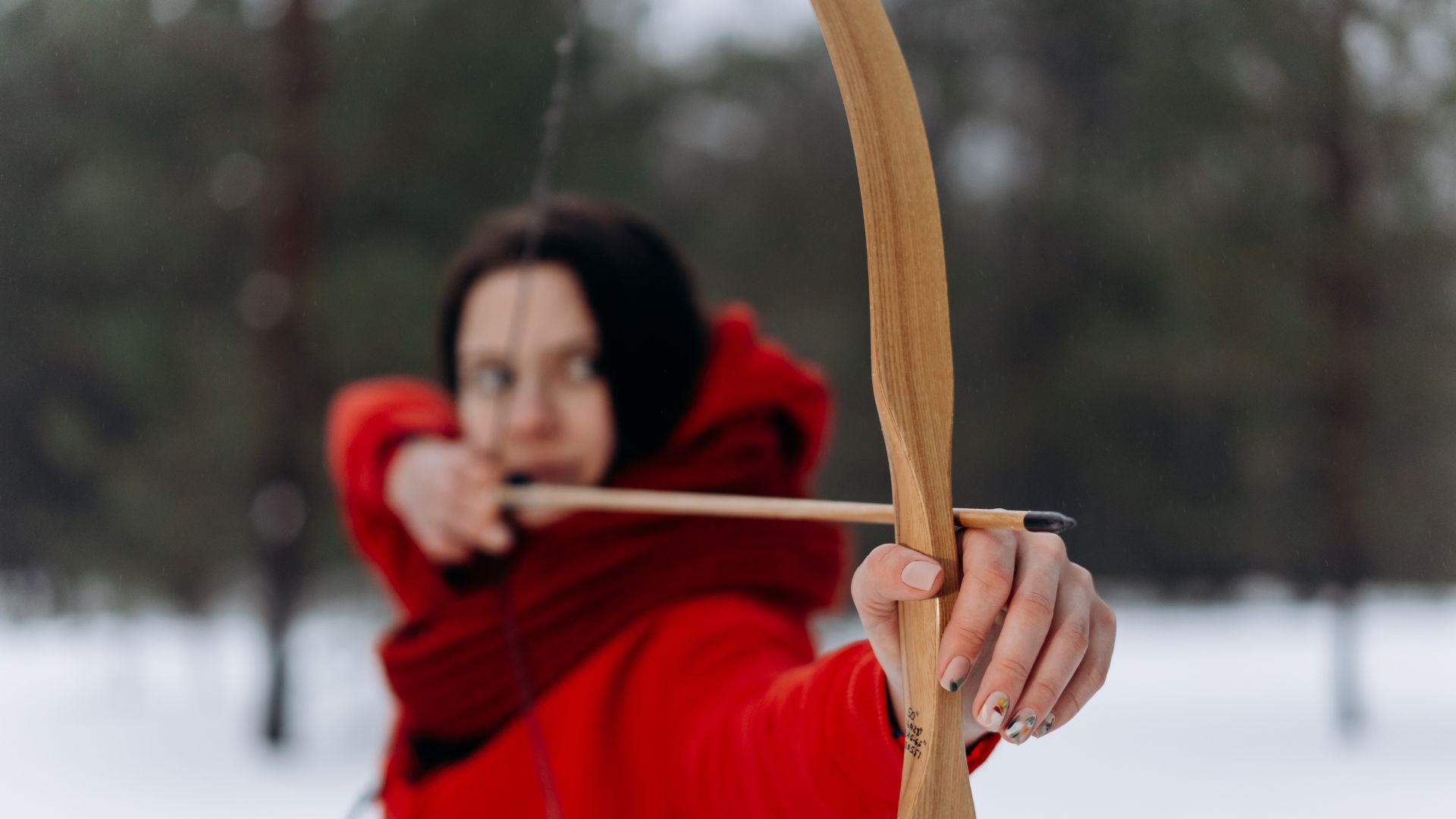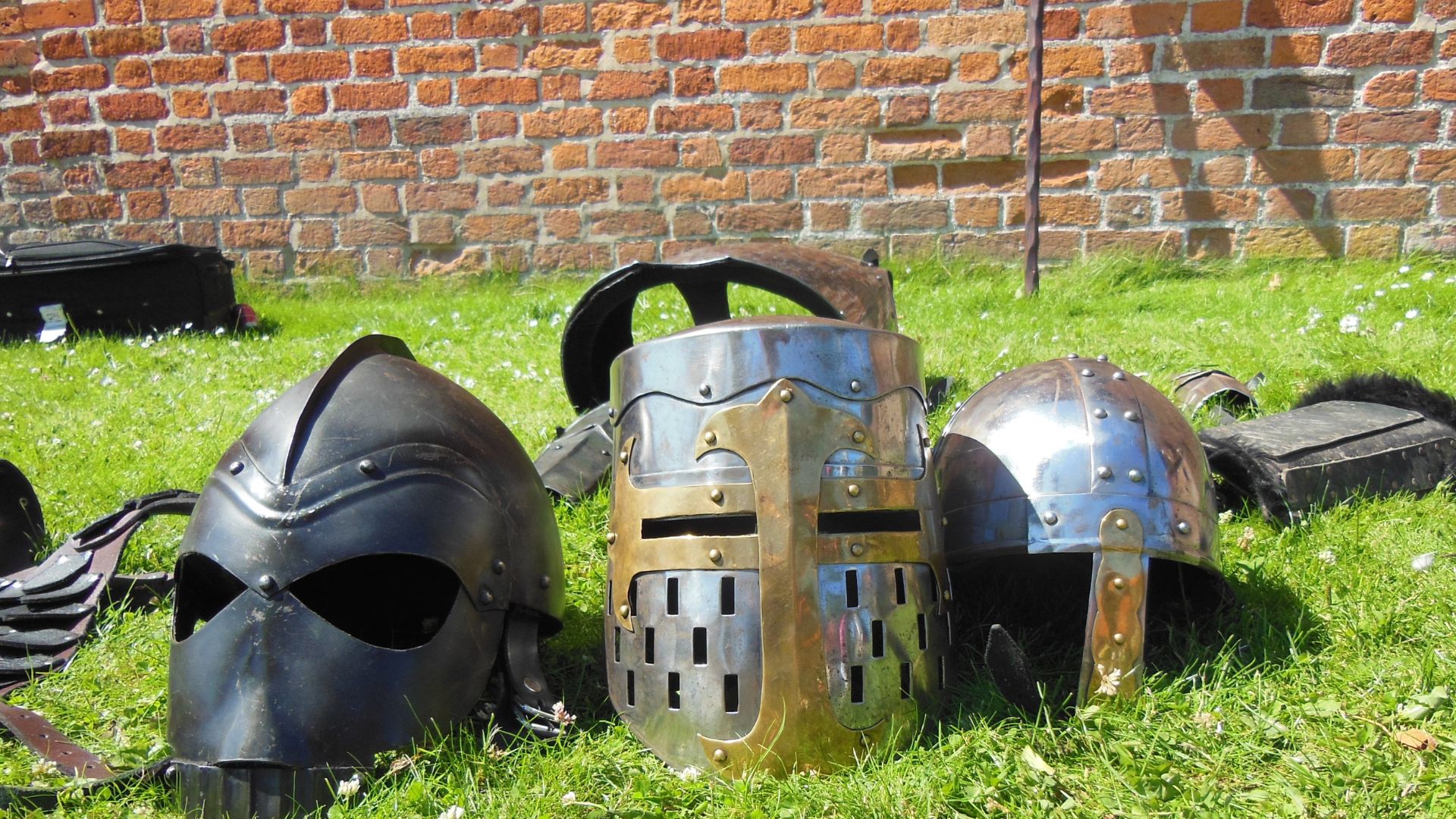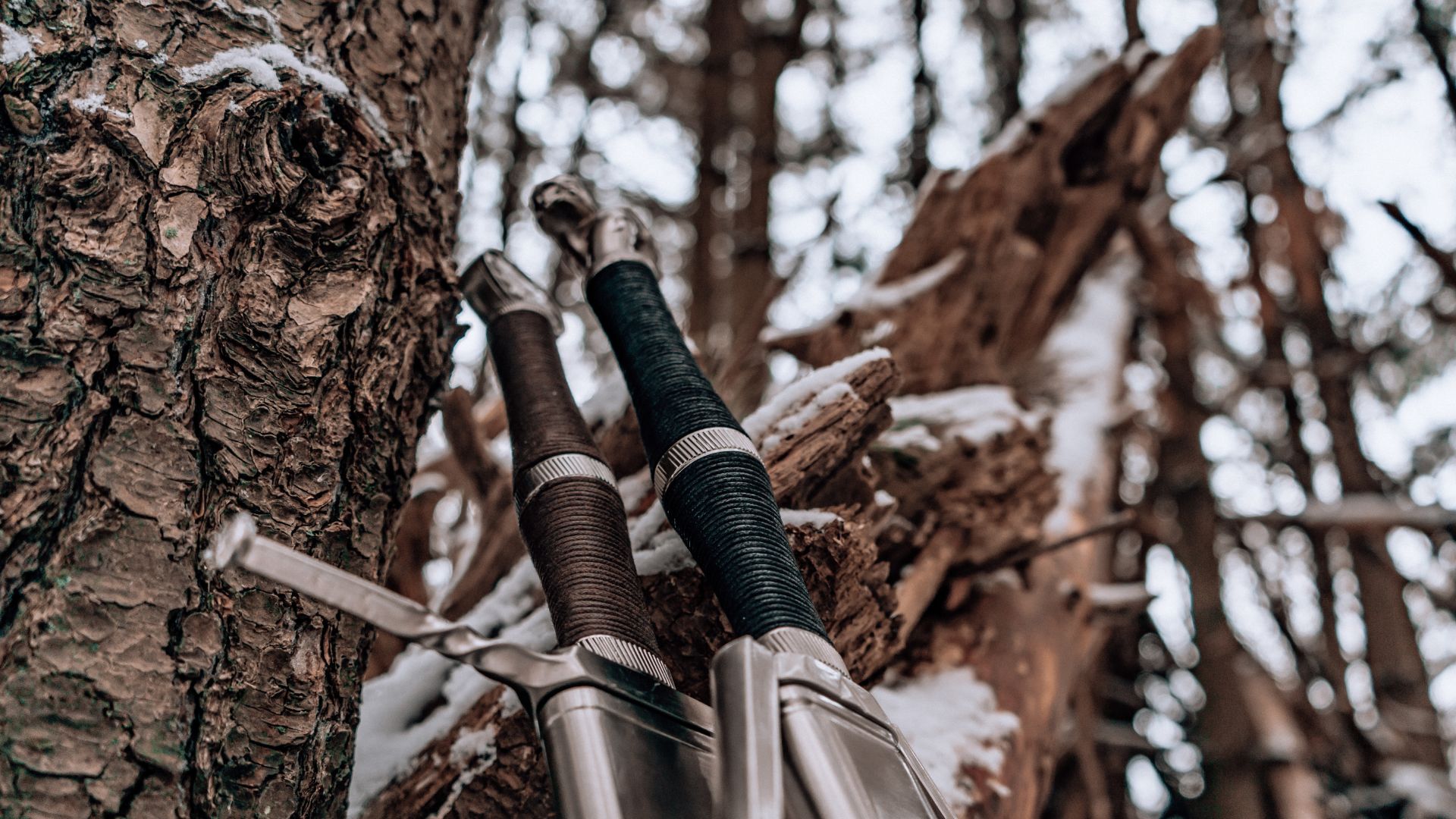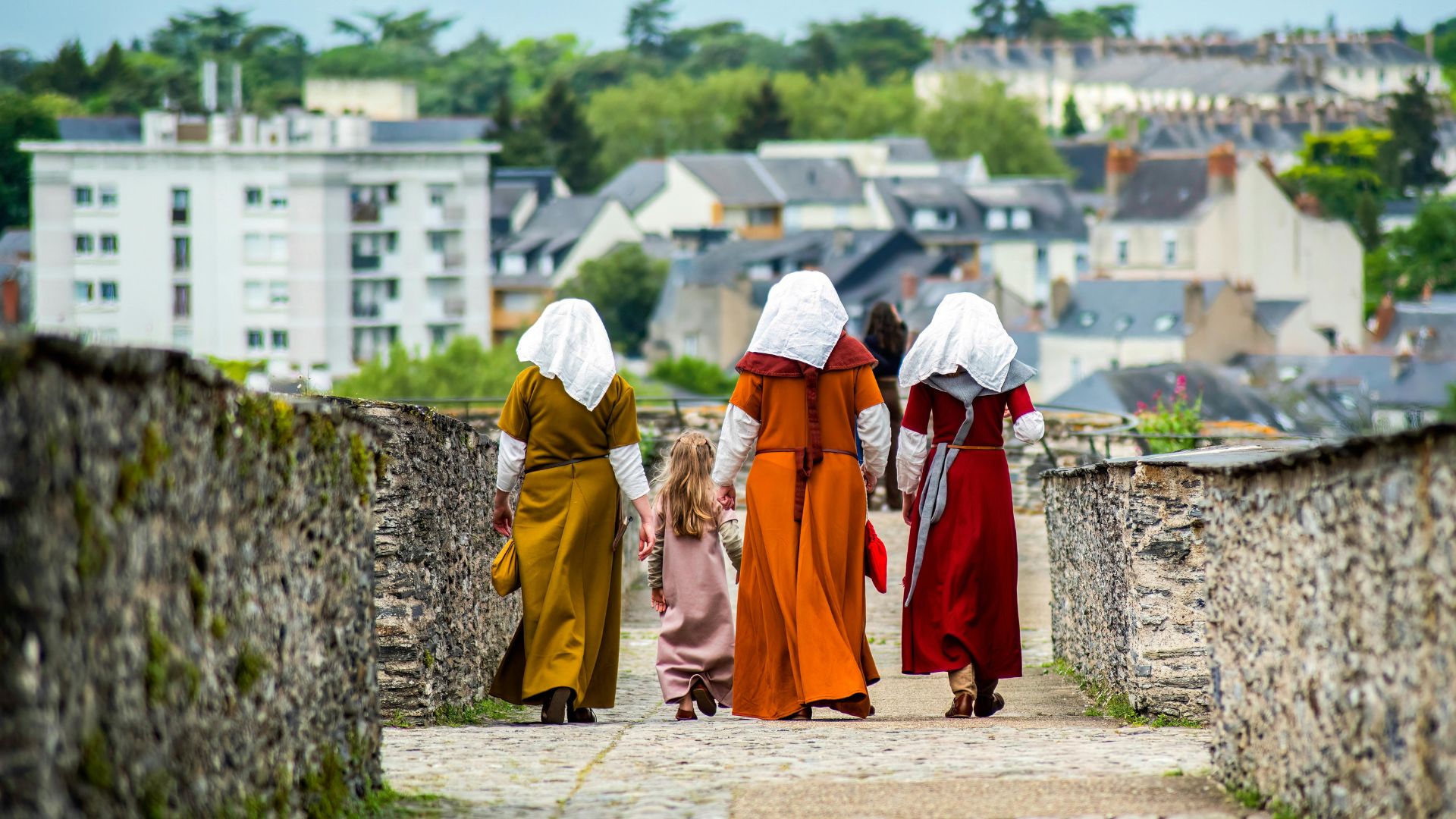Historical reenactment is a fascinating hobby that brings history to life, offering enthusiasts the chance to step into the shoes of people from different eras. Whether you’re donning the armour of a medieval knight, portraying a Roman soldier, or living the life of a 1940s World War II civilian, choosing the right time period for reenactment is a key part of the experience. This decision sets the tone for your entire involvement in the hobby, as it influences everything from your character and costume to the type of events you’ll attend and the groups you’ll join.
With so many fascinating historical periods to choose from, selecting the right one for you can be a bit overwhelming. In this guide, we’ll explore the key factors to consider when choosing your ideal time period for historical reenactment, from personal interests to the practicalities of gear and accessibility:
- Personal interest and passion
- Accessibility and resources
- Challenges of different time periods
- Not an easy feat: Making a choice of time period
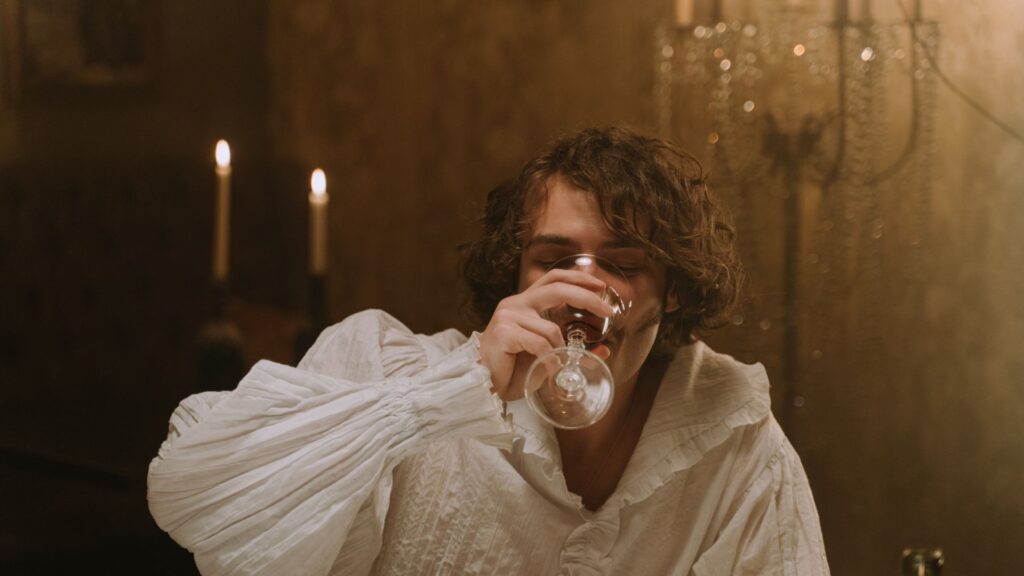
Personal interest and passion
The first factor to consider when choosing a time period is your personal interest and passion. Historical reenactment is all about connecting with the past, so it’s essential to pick a period that excites you and resonates with your interests. If you’ve always been fascinated by a particular era or historical figure, that enthusiasm will help fuel your involvement in reenactments.
For example, if you’ve spent years reading about the Napoleonic Wars or are captivated by the tales of the Vikings, choosing one of these periods might feel like a natural fit. The more interested and passionate you are about the period you choose, the more rewarding the experience will be. Researching the culture, military strategies, and daily life of your chosen era will be a lot more enjoyable if it’s something you genuinely care about.
Additionally, think about specific historical figures or events that inspire you. Do you dream of portraying a famous leader, a soldier on the front lines, or a craftsman in a historical village? By focusing on someone or something you find intriguing, you’ll deepen your connection to the reenactment experience and make your character more authentic.
“Choosing the right time period for historical reenactment is about more than just picking an era – it’s about immersing yourself in history, embracing the challenges, and letting your passion for the past bring it to life.”
Accessibility and resources
Once you’ve narrowed down your areas of interest, it’s important to consider the accessibility and resources available for that time period. Some historical periods, like the Victorian era or World War II, are more popular and widely accessible, with a wealth of reenactment groups, online resources, and readily available costumes and props. For these periods, you’ll have no trouble finding groups to join, as well as suppliers who sell historically accurate costumes and gear.
On the other hand, some time periods may be more niche and harder to access. Reenactments of ancient civilisations or specific historical events, like the Mongol Empire or the Anglo-Saxon period, might require more effort to find a group or get the right materials. These less popular periods may also have fewer reenactors, so it’s worth considering whether you’ll be comfortable participating in smaller groups or whether you’d prefer a larger community.
Costumes and props are also an essential part of reenactment, and some periods are more demanding when it comes to accuracy. For example, medieval reenactment may require high-quality, period-specific armour and weapons, while World War II reenactment often involves getting your hands on authentic military gear. Make sure you’re prepared to source or create the necessary materials for your chosen period – or check if the reenactment group you’re joining provides these items.
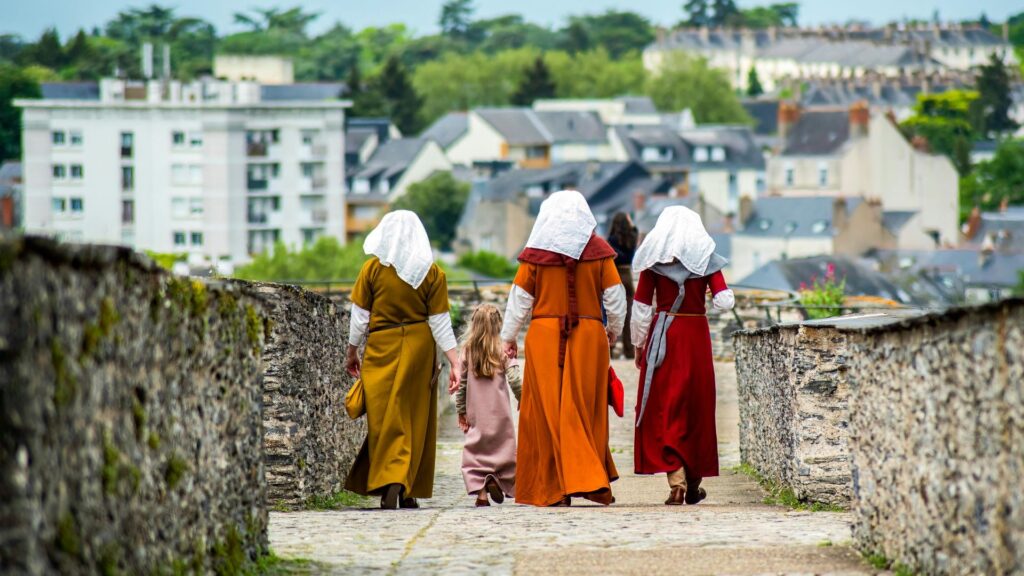
Challenges of different time periods
Each historical period comes with its own set of challenges, so it’s important to be aware of what you’re signing up for. Some periods may require more intense research or a steeper learning curve, especially if you’re aiming for high levels of historical accuracy.
Medieval periods: For example, medieval reenactments can be incredibly detailed, with many aspects of daily life, battle tactics, and clothing to consider. Authentic armour, swords, and shields can be costly and require careful research to get right. If you’re particularly interested in a specific medieval event like the Battle of Agincourt, you’ll need to research the weaponry, tactics, and even the language used at the time.
Ancient civilisations: Reenacting ancient periods, such as Roman or Greek history, often involves sourcing or making costumes that can be challenging due to the materials used at the time, such as tunics, togas, or gladiator armour. Finding proper footwear and accessories can be trickier compared to more recent periods, and there’s also the challenge of interpreting ancient battle techniques and rituals.
World War I and II: Reenacting the World Wars can be intense, requiring detailed knowledge of military strategies, uniforms, and equipment. You may need to study tactics, weapons, and the life of soldiers during the wars to truly immerse yourself in the experience. Plus, the emotional and historical significance of the world wars can make reenactments of these periods more solemn and challenging to portray accurately.
Renaissance and victorian periods: These periods often focus heavily on clothing and social dynamics, which can require a significant amount of time and effort to get right. For instance, Victorian attire can involve multiple layers of clothing, corsets, and detailed accessories. The focus in these eras is often on portraying specific social classes or professional roles, requiring you to learn about etiquette, speech, and lifestyle.
Each time period brings unique opportunities for research and discovery, but it’s important to recognise how much work you’re willing to put into learning the details. The more you’re willing to invest in research and preparation, the more rewarding the reenactment will be.
Not an easy feat: Making a choice of time period
Choosing the right time period for historical reenactment is a personal decision that depends on your interests, resources, and willingness to dive deep into the history of your chosen era. Whether you’re drawn to the drama of the Roman Empire, the battles of medieval knights, or the everyday life of a Victorian family, there’s a period of history out there waiting for you to explore.
Let’s recap today’s article:
- Choose a time period that excites you, whether it’s a specific historical event, figure, or era that resonates with your interests and curiosity.
- Deeply research the history, culture, and key events of your chosen period to ensure you’re well-informed and can connect with your character.
- Consider the availability of costumes, gear, and reenactment groups for your chosen period. Popular periods often have more accessible resources, while niche periods may require more effort.
- Each era comes with its own challenges, such as sourcing period-specific gear, understanding battle tactics, or mastering period-accurate behaviour and speech.
- The level of detail and historical accuracy required varies by period, so consider how much research and effort you’re willing to put into creating an authentic portrayal.
- Choose a period that will keep you motivated, as your personal enthusiasm will make your reenactment experience more fulfilling and enjoyable.
To make an informed decision, think about what excites you most, whether it’s a particular battle, historical figure, or way of life. Consider the availability of resources like costumes and reenactment groups, and be mindful of the challenges each time period presents. Most importantly, choose a period that will keep you motivated and engaged, as your passion for the history will make the experience all the more enjoyable. Embrace the journey of learning and bringing history to life – after all, historical reenactment is about more than just playing a character; it’s about connecting with the past and sharing it with others.


